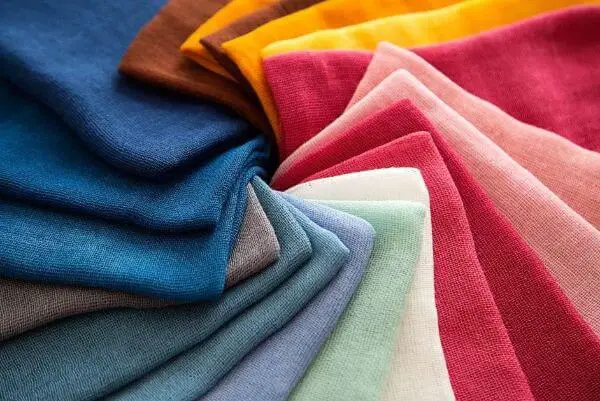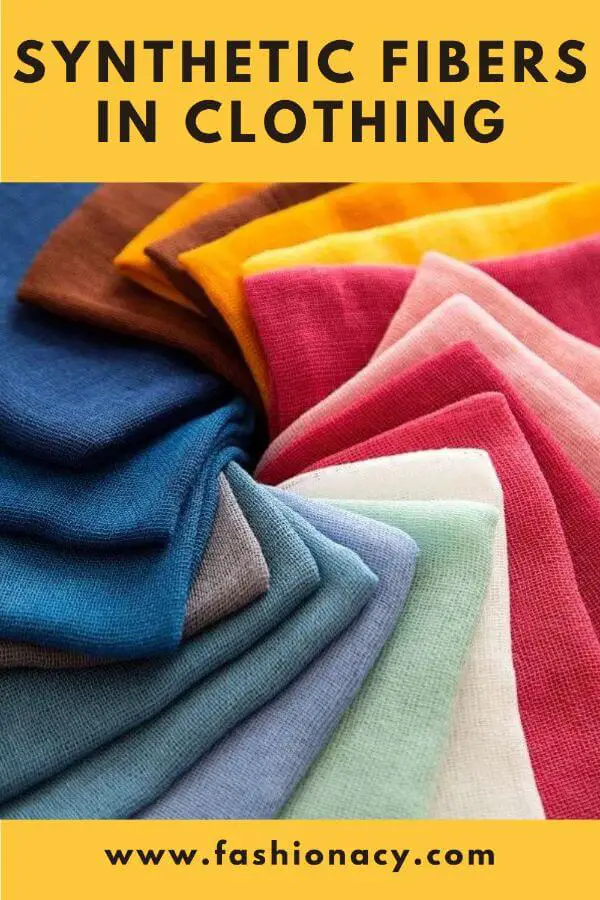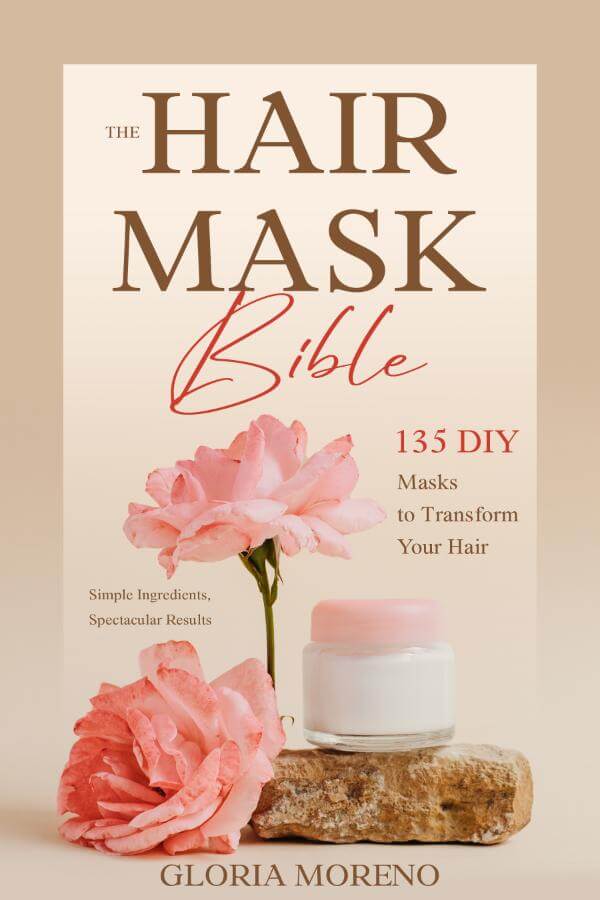
Natural fibers were discussed in a previous article. Here I move on to synthetic fibers in clothing.
They are artificial and not created from natural raw materials. They go through a chemical process.
You’ll discover that the distinction between natural and not natural isn’t always so clear.
The disadvantage of synthetic fibers is that they are not natural.
The good news is that because you’re making the fiber and will later manufacture yarn with it, you have complete control over the appearance and feel of the fiber.
When compared to natural fibers, you have a lot more possibilities.
Let’s go over the different types of synthetic fibers.
Rayon
To begin, consider rayon. Rayon was the very first synthetic fiber.
It first appeared around a century ago. Although it is technically made from wood pulp, every stage of the process is chemical.
It’s usually classified as an artificial fiber, but some individuals believe it’s natural. Whatever you want to call it, it’s still being discussed.
Essentially, you turn the wood pulp into compound. When you dissolve the compound, you get a dough-like substance. You put that dough into a press, similar to the pasta press. It’s the same procedure for getting rayon filaments to use in your yarn.
Rayon was developed as a silk substitute. It’s substantially less expensive. It was also employed in the garment’s linings. To make the garment more affordable, you put silk on the exterior and rayon on the inside. You don’t see the interior anyway.
That was the notion behind making apparel more accessible to a wider range of individuals.
It has a lustrous sheen about it, and it wrinkles easily. It is typically dry-clean only and cannot be pressed.
Acetate
In the 1920s, acetate was introduced. Because acetate is thermoplastic, you may shape it however you want by heating it.
When you shape pleats in acetate fabric, for example, the pleats will stay when the fabric is washed, which is a cool feature.
It’s also really affordable. I believe it is the cheapest fabric I am aware of. It’s less expensive than rayon, polyester, and just about anything else.
It’ll usually be found on low-cost evening gowns or prom dresses that are designed to sparkle.
It cannot be ironed since it responds to heat. It’s highly lustrous; in fact, you can tell it’s not real silk just by looking at the luster on the surface.
Personally, I don’t work with acetate. It is quite difficult for me to care for. It can’t take much light, thus the hue will change. It is not heat resistant and cannot be ironed.
I avoid using acetate in my work since it’s too difficult.
Nylon
Nylon first debuted just before World War II.
“I bought tights,” you meant when you said, “I acquired new nylons.” Tights are constructed of a beautifully woven nylon fabric.
It’s a knit that’s quite flexible. The invention was a new material and a new manner of knitting that finely. It was revolutionary at the time.
Because nylon is tough and windproof, it was utilized in vintage raincoats and athletic wear before stronger fibers became available.
In World War II, nylon parachutes were also used. It was a truly revolutionary fabric that was exceedingly durable.
One thing to mention is the lack of breathability. When you wear tights throughout the day and remove your shoes at night? You understand what I mean.
Polyester
Polyester was the rage in the 1950s. The suits in Saturday Night Fever were made of polyester. All of them.
Polyester is hydrophobic, meaning it dislikes water and does not hold it, making it wrinkle-free.
How useful is that?
In the 1950s, there was a revolution. You wash your clothes, pull them out of the machine, and they’re already dry. It’s ready to wear right away. It was dubbed the “magical wash and wear fabric” for this reason.
Polyester is robust and flexible, making it ideal for mixing with more delicate fibers. It makes the whole mix extremely durable and flexible. It’s a great fabric to mix with something different.
The issue with polyester is that it is oliophilic, meaning it prefers and retains oil.
It will be quite difficult to remove an oily mark if you are cooking while wearing a polyester shirt.
The same thing happens if you have oily skin or if you sweat a lot. It may leave marks under the armpits and on tight clothes.
As a result, I rarely use 100 percent polyester. I prefer to mix it with other fibers.
Microfiber
Unless it’s microfiber, in which case it’s a different story. It’s much better polyester. It’s improved polyester.
Microfiber has a high permeability. It’s both waterproof and windproof at the same time.
As a result, we now have dazzling polyester variants that are widely used in outerwear.
Acrylic
Acrylic, which was also invented in the 1950s, is a wool substitute. Acrylic fibers are lighter than wool fibers, hence they are frequently mixed with wool to make a garment overall cheaper and lighter.
If it’s nice acrylic, it feels almost like wool, not quite as great, but close.
It will respond to the ambient temperature and humidity in the same way that wool does, so it will get warmer when you need it.
If you don’t want to wear animal hairs, it’s also an excellent winter choice. If you’re a vegan, acrylic is 100% animal-free.
Spandex
Spandex is a type of rubber. There aren’t many clothing made entirely of spandex. It’s only a few percentage points to make stiffer fibers stretchier.
Yoga trousers with a lot of elasticity, for example, include a few percent of spandex. It’s rarely more than 10%; it’s usually between 2% and 5%.
Stretchy skinny jeans can be made from 95 percent cotton and 5% spandex. You wouldn’t be able to get in otherwise, considering their shape. That spandex is essential.
When you look at the fabric closely, you won’t notice it because it’s normally in the centre. You start with a spandex core yarn and then wrap cotton over it, so all you see is cotton. Only if you pull will you feel it.
The disadvantage of rubber is that it stiffens over time, especially if it’s poor rubber that you can’t tell when you buy it. Even more so if you pull on it or use it more frequently.
You’ll notice that if you tug on old underwear with stiffer elastic that doesn’t bounce back, you’ll hear a click. The rubber is breaking.
Conclusion
Those are the main synthetic fibers in clothing.
As science advances, we will see more and more enhanced versions of those things.
Poly-acrylic, poly-amide, and mod-acrylic, for example.
Knits are worn far more frequently than people realize, and even fake fur can be knitted. So, if you open your closet, I’m willing to bet that at least half of your clothes are knitted structures.
That concludes the major synthetic fibers used in clothing. It’s a pretty brief summary. There are many more things I could discuss, but this article would become extremely lengthy.
I don’t utilize synthetic fibers exclusively. To acquire fabric properties that are incredibly stable and feel amazing on the skin, I mix a few synthetic fibers or mix synthetic fibers with natural fibers.



